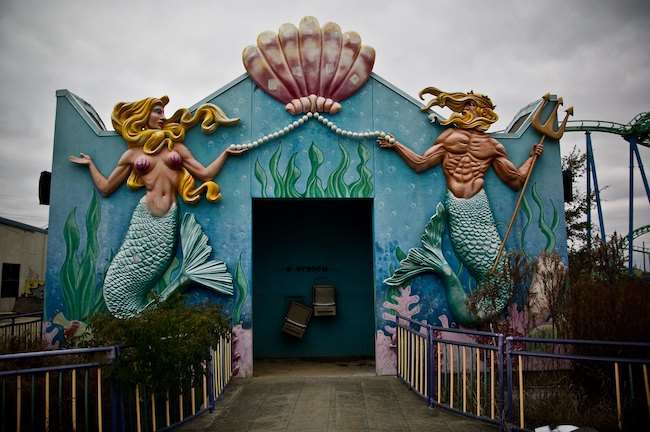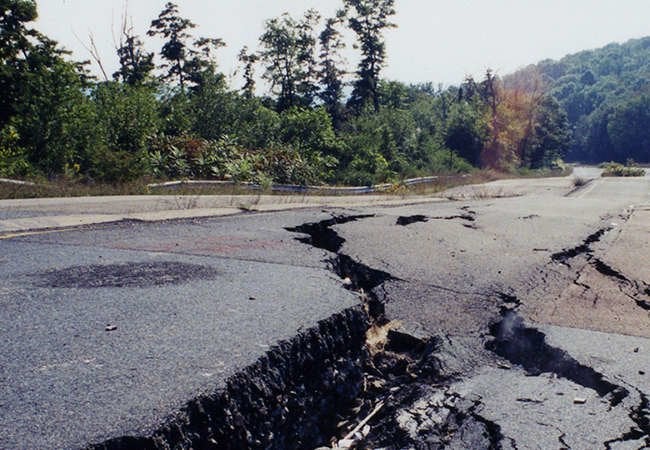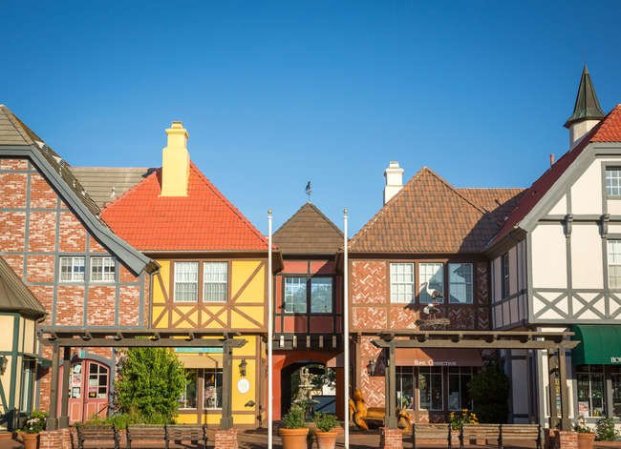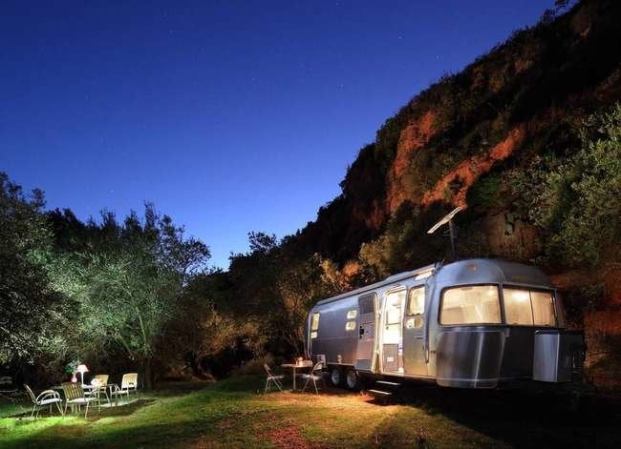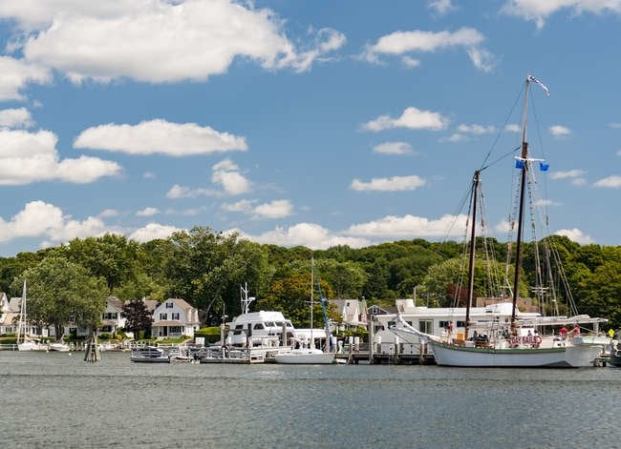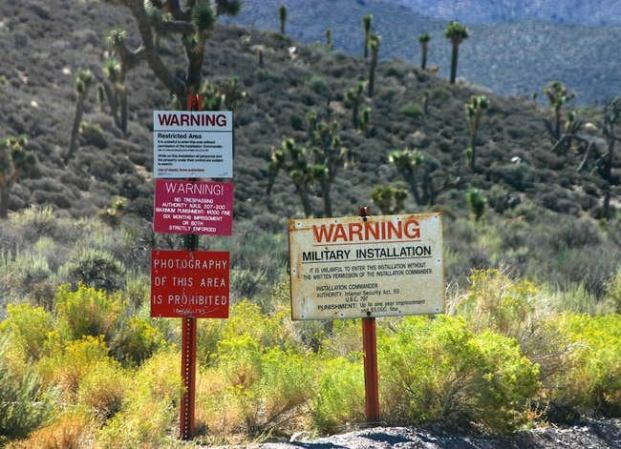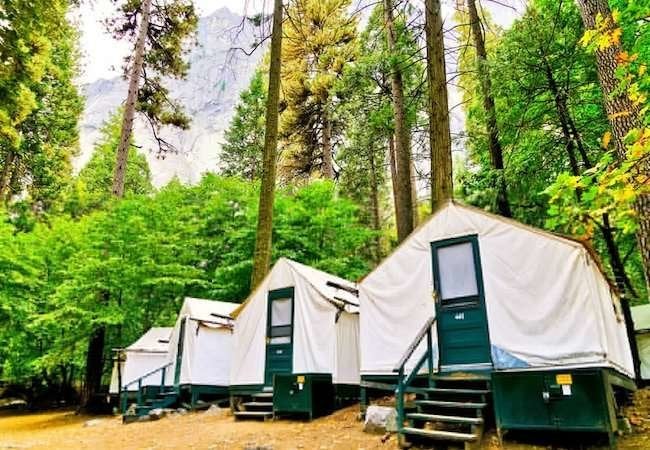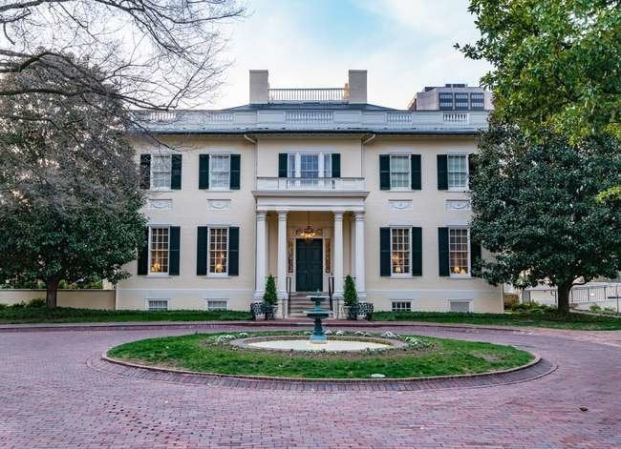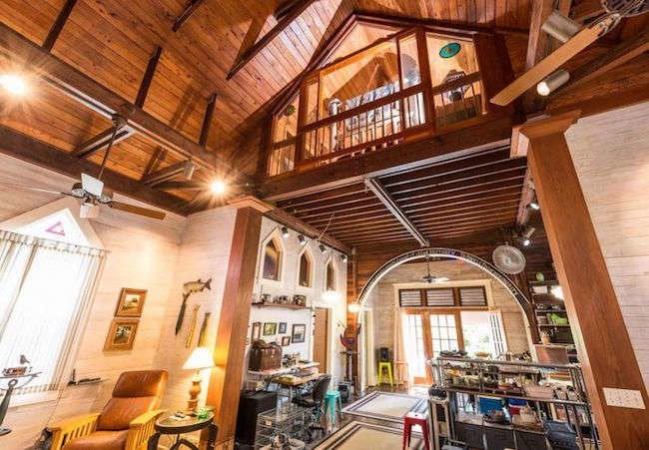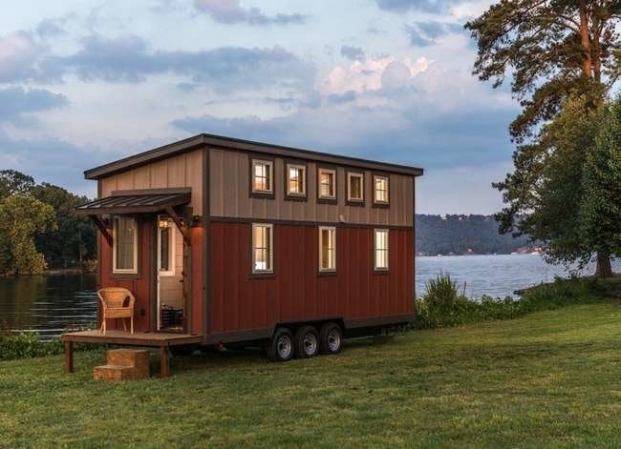We may earn revenue from the products available on this page and participate in affiliate programs. Learn More ›
Cast-aside Carnivals
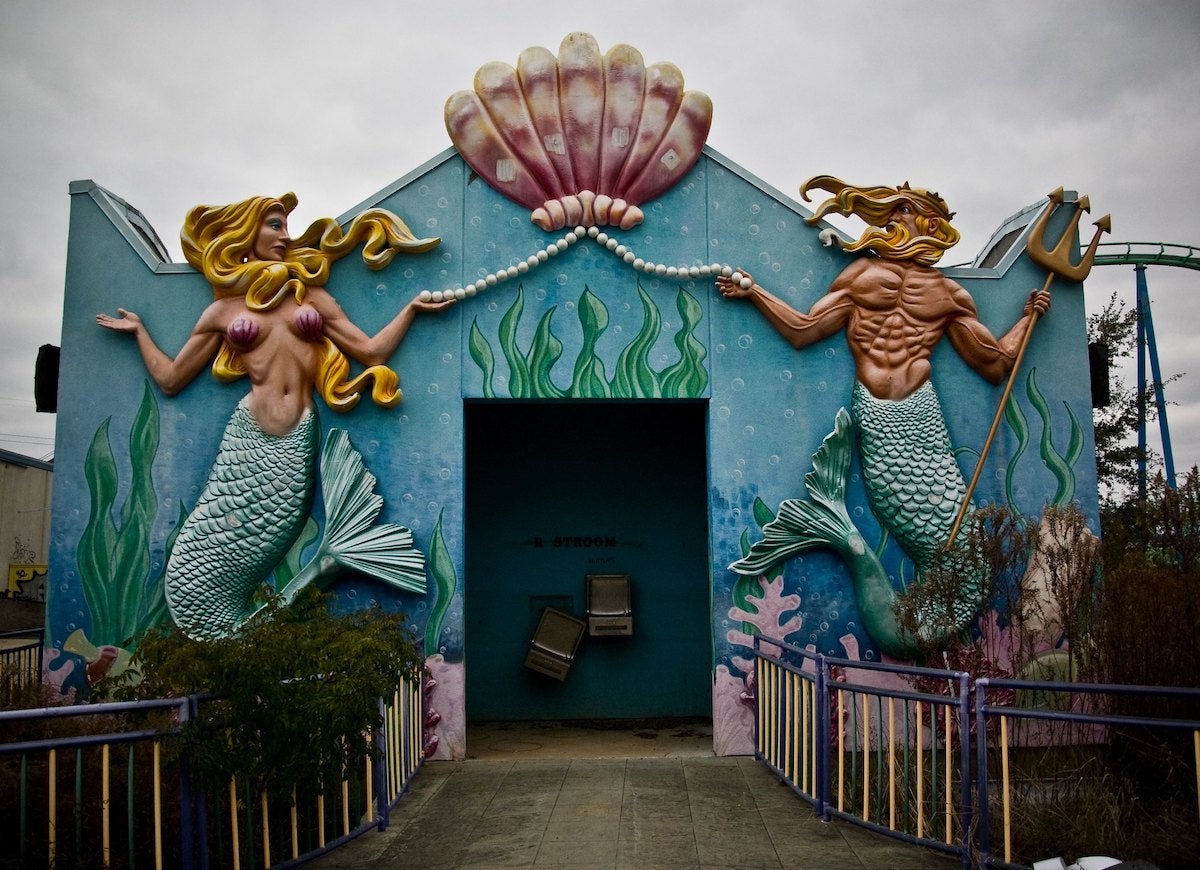
flickr.com via nathanhoang
Since they first appeared in Europe in the 1500s as “pleasure gardens,” amusement parks have offered thrill-seekers of all ages heart-pumping rides, finger-licking good food, and memorable exhibits on the cheap. But many parks are simply no longer the hot ticket they were years ago. Whether because of natural disasters, freak accidents, or financial hardship, most have folded and fallen into disrepair; others have ceased operation as theme parks and have been converted into modern developments. Here are 14 abandoned amusement parks around the world that no longer grant admission in a traditional sense, though they still offer much to amuse.
Six Flags NOLA
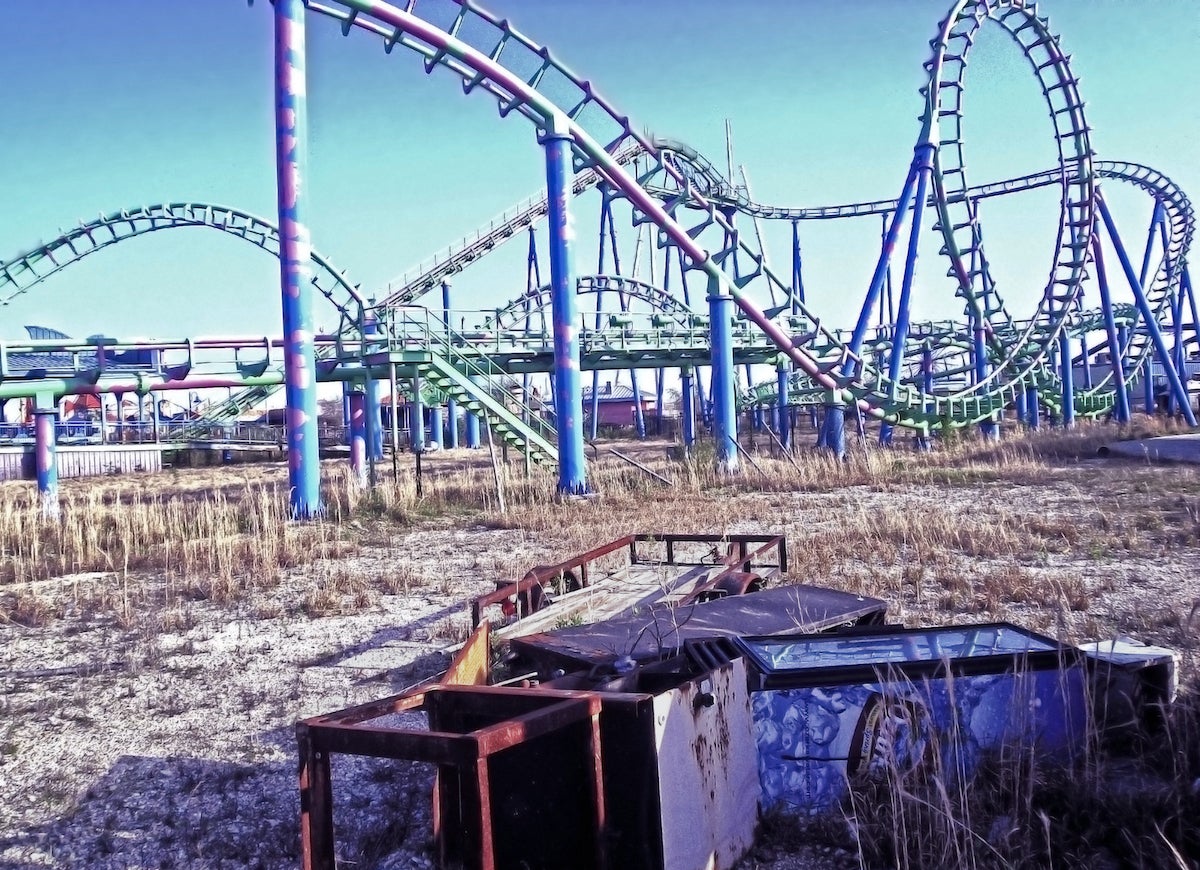
Wikimedia Commons via Keoni 101
This New-Orleans-based theme park was known as “Jazzland” from 2000 until “Six Flags” bought it in 2002. But after Hurricane Katrina struck in 2005, the park, whose signature coaster the Mega Zeph had been built to bear gale-force winds, was submerged four to seven feet underwater, per the city. Weeds now sprout alongside rusting rides and fallen concession stands at the grounds, though its quiet desolation has made it an alluring filming location, and there are talks of reopening the park as an edutainment site.
Lake Shawnee Amusement Park
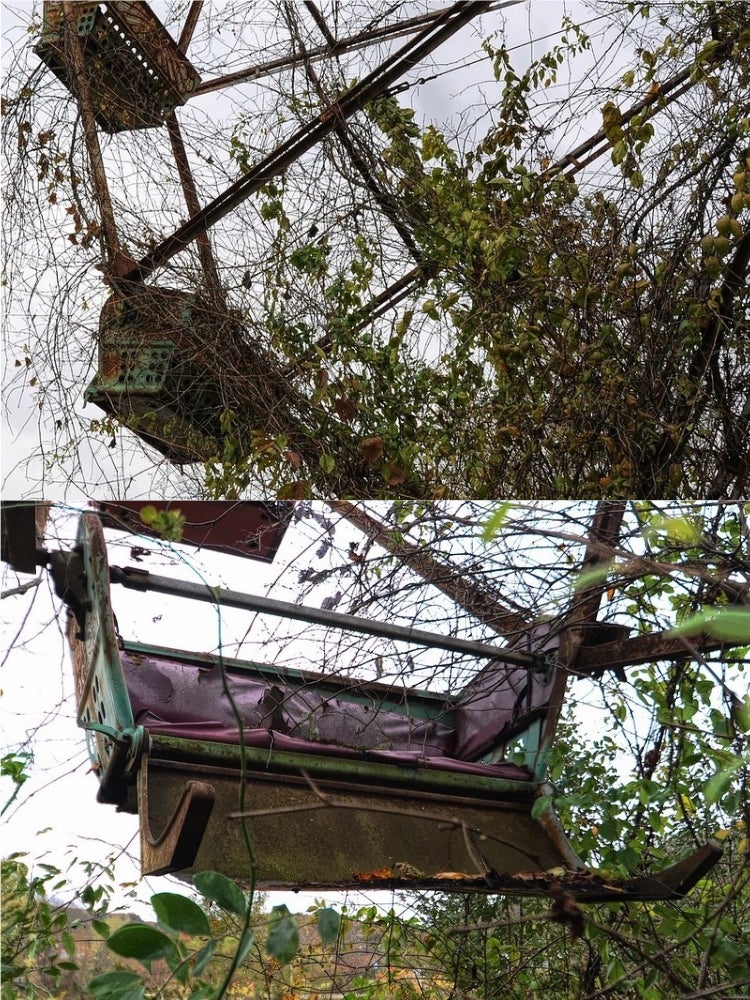
flickr.com via Forsaken Fotos
First opened in Princeton, West Virginia, in 1926, this former Native American settlement and once popular summertime retreat for coal workers’ families sold its final ticket in 1966 following the deaths of two children. The park enjoyed a brief second life under new ownership between 1985 and 1988, but is now a forlorn fairground with vacant, vine-covered ferris wheels and children’s swings. In fact, its only activity is thought to be paranormal; patrons have observed disembodied voices and other unexplained sounds as well as rides that seem to move on their own.
Pripyat Amusement Park
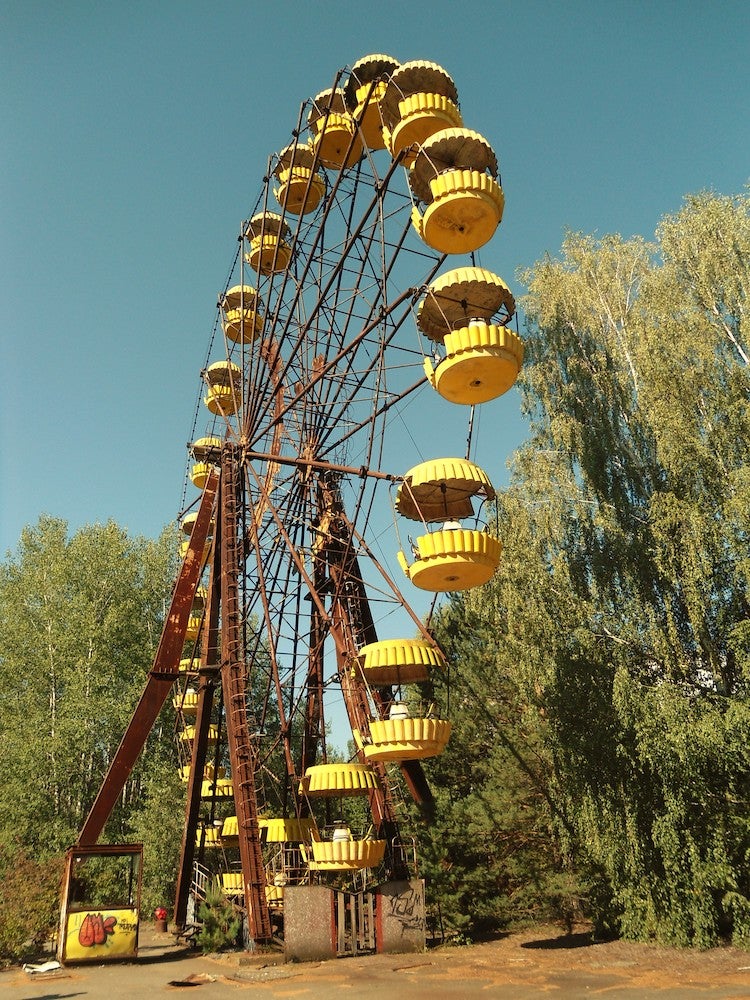
Wikimedia Commons via Cls14
The grand opening of this theme park in Pripyat, Ukraine was scheduled for May 1, 1986, but the carnival left town before the show ever really got going. Pripyat was reportedly evacuated on April 27 following the nuclear accident in Chernobyl on April 26, just one day after the park had opened, leaving the park with weed-addled rides in the years to come, some of which are incomplete. The iconic 85-foot yellow ferris wheel remains a bright spot on the bleak grounds, but is best viewed from afar, as the abandoned amusement park still contains high levels of radiation, says the Pure Earth/Blacksmith Institute.
Ho Thuy Tien Water Park
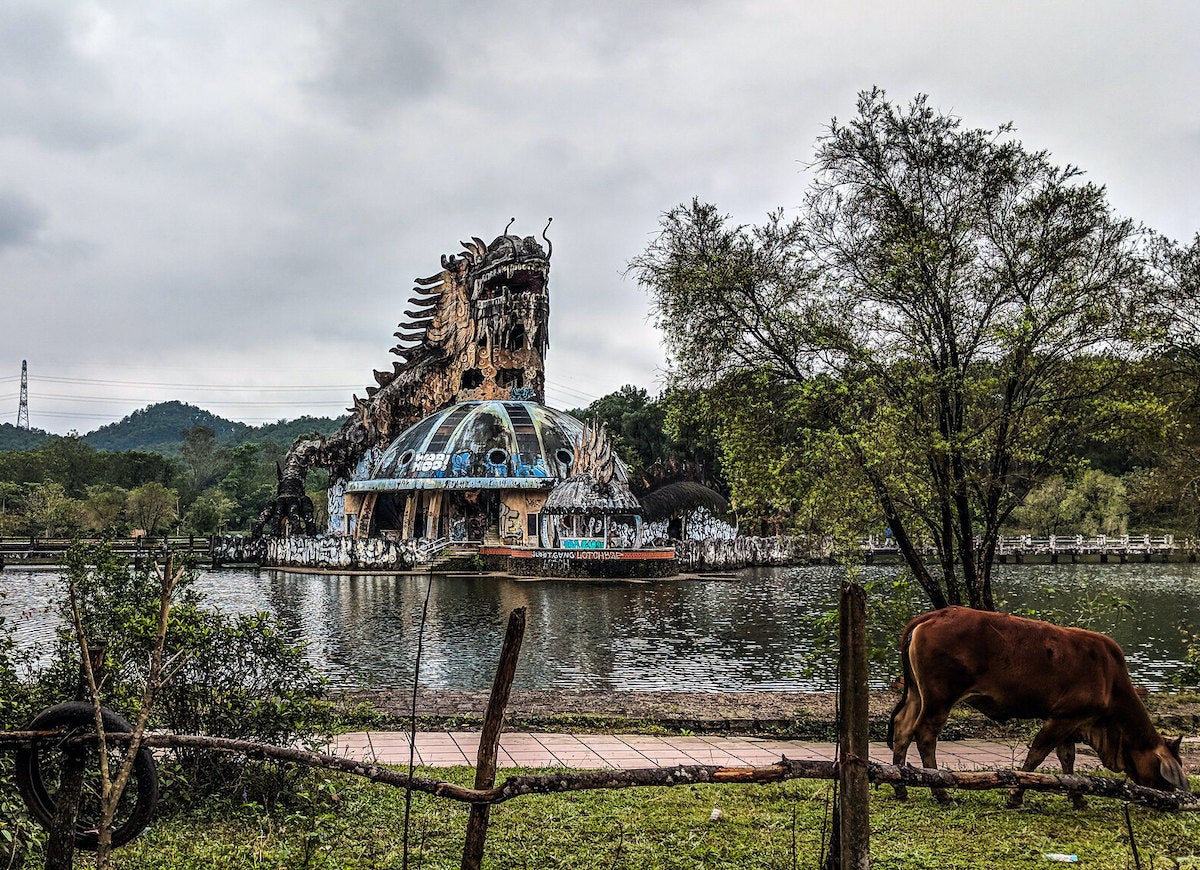
flickr.com via crashtestmike
Though this defunct waterpark lies near Hue in Vietnam, you won’t find it on a map or in guide books of local travel hotspots. The funfair flopped not long after it opened in 2004 with unfinished rides, leaving the haunting grounds overlooking Thuy Tien Lake with molded slides, fishless tanks, and until recently, crocodiles. Such surreal spectacles live alongside a colossal dragon hugging a rusted dome at the center of the park; climb up the stairs of the mesmerizing monster for prime views of the lake, if you dare!
Dogpatch USA
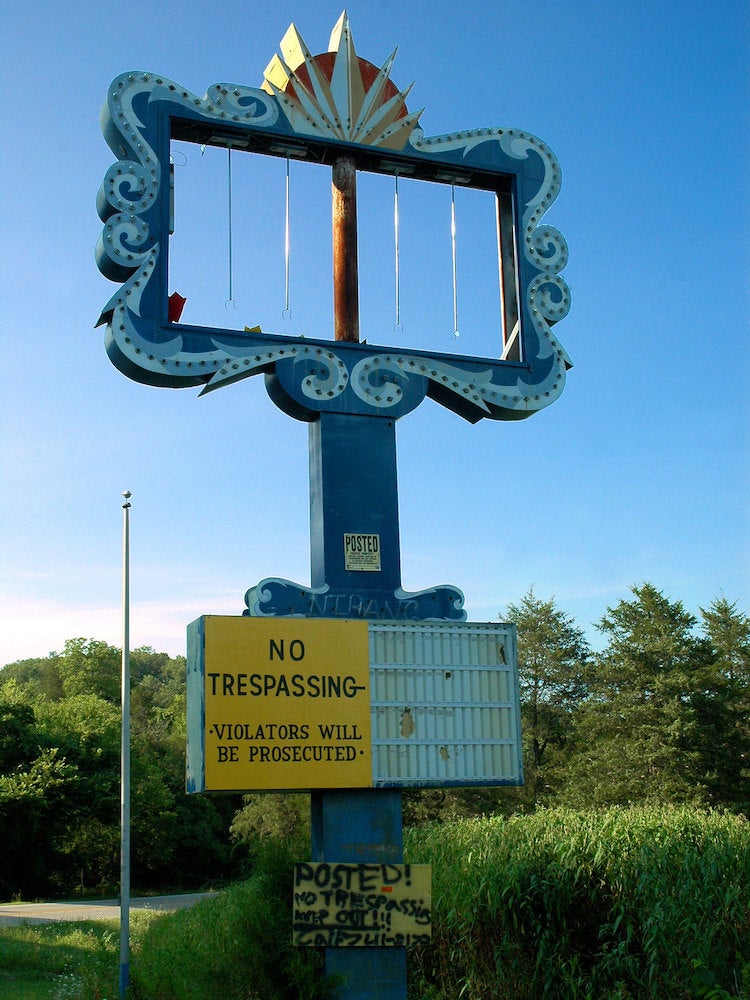
flickr.com via cwsteeds
Inspired by Li’l Abner, a comic strip about the ragtag residents of a down-and-out mountain town, this amusement park near Marble Falls, Arkansas opened in 1968 to an underwhelming reception. Despite eclectic attractions including a trout pond and a Wild Mouse roller coaster, it never met its projected visitation of one million patrons by its tenth year, per Congressional data, and following failed attempts at revival, closed for good in 1993. It has since been reduced to a jungle-like morass identifiable only by its weathered billboard and decrepit rides, though it was sold in June 2020 to a new owner with unannounced park plans.
Holy Land USA
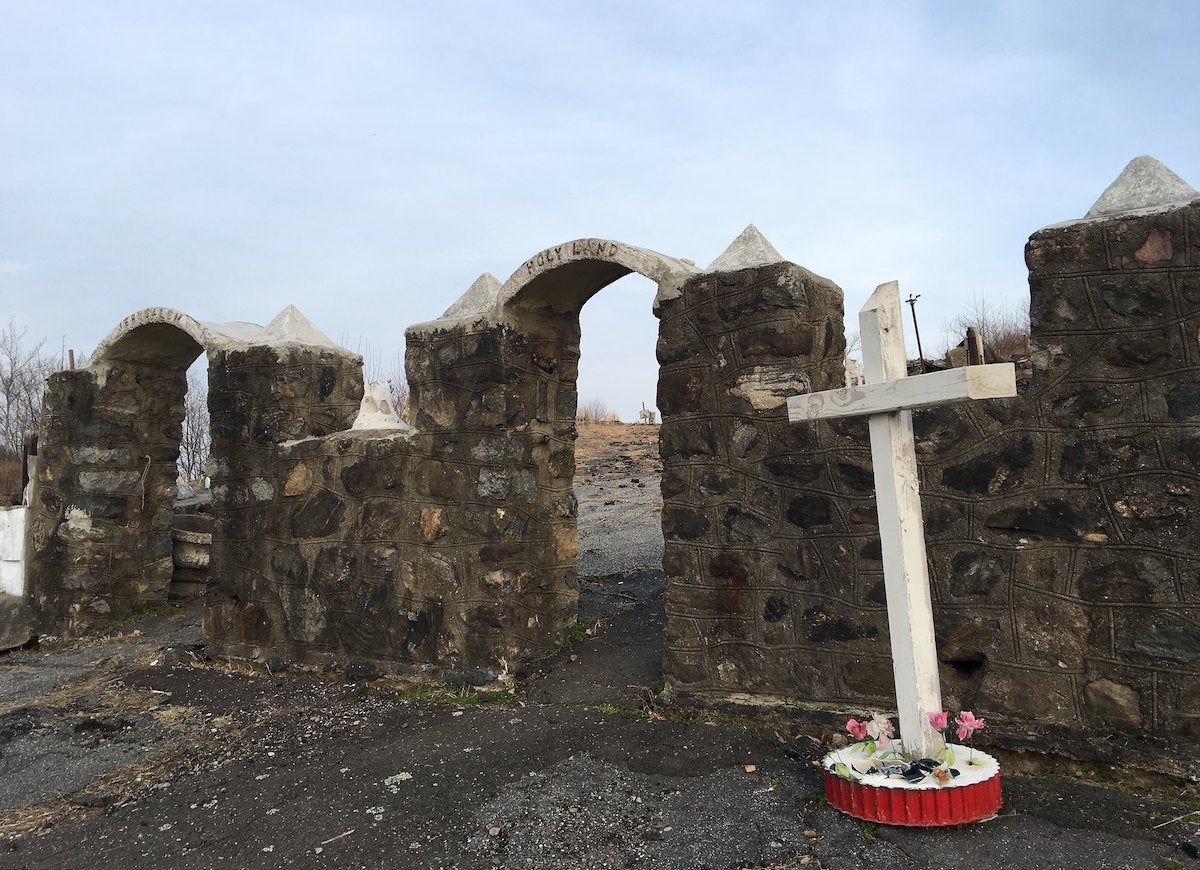
flickr.com via photosbyleannevelazquez
Perched on Pine Hill in Waterbury, Connecticut, this theme park opened in 1958 as a replica of Jerusalem and Bethlehem in homage to the Bible, and included an exhibition on the Holy Shroud of Turin, catacombs 200 feet below ground, and its signature 57-foot lighted cross. It fell into disrepair in the ‘80s, and following its closure in ‘84 and the ravages of time and vandalism, was reduced to crumbled ruins. Volunteers and donations allowed the abandoned amusement park to reopen in 2014 with renovations still in progress.
Hobbiton USA
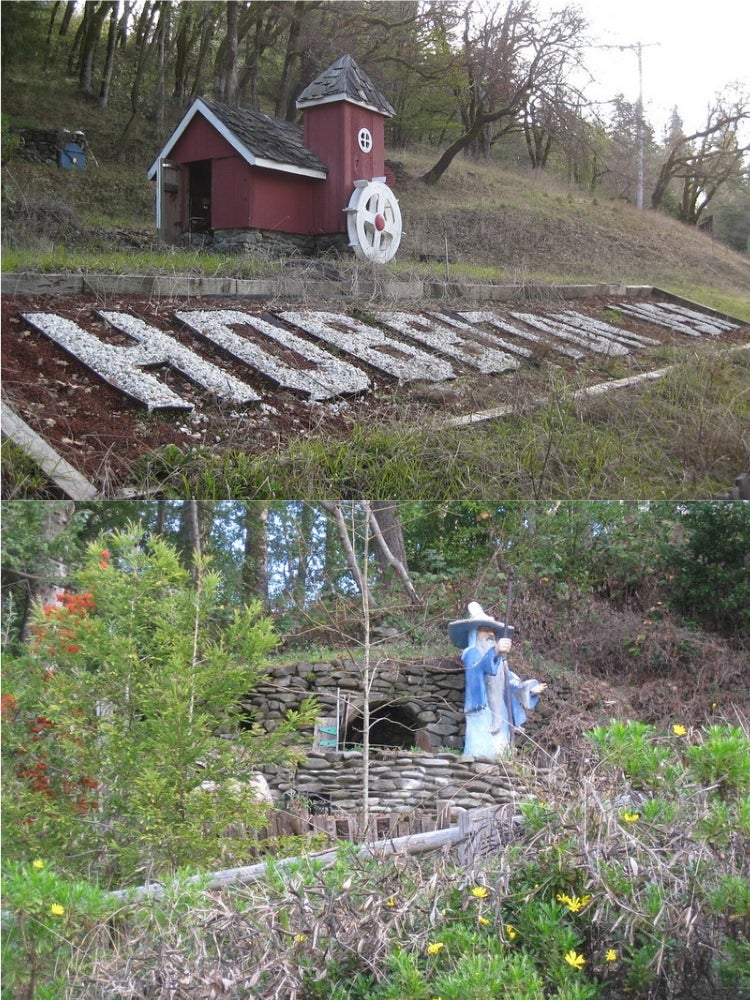
flickr.com via brenbot
Inspired by Tolkien’s fantasy novel “The Hobbit,” this theme park in Phillipsville, California offered visitors walking tours through momentous scenes from Middle Earth’s history from the mid-70s until its closure in 2009. The park subsequently fell victim to vandalism and was overgrown by brush, though the park remains a roadside attraction for Tolkien die-hards seeking a glimpse of a sculpture of Gandalf the Great at Bag End, imploring Bilbo Baggins to join him on an adventure to remember.
Geauga Lake
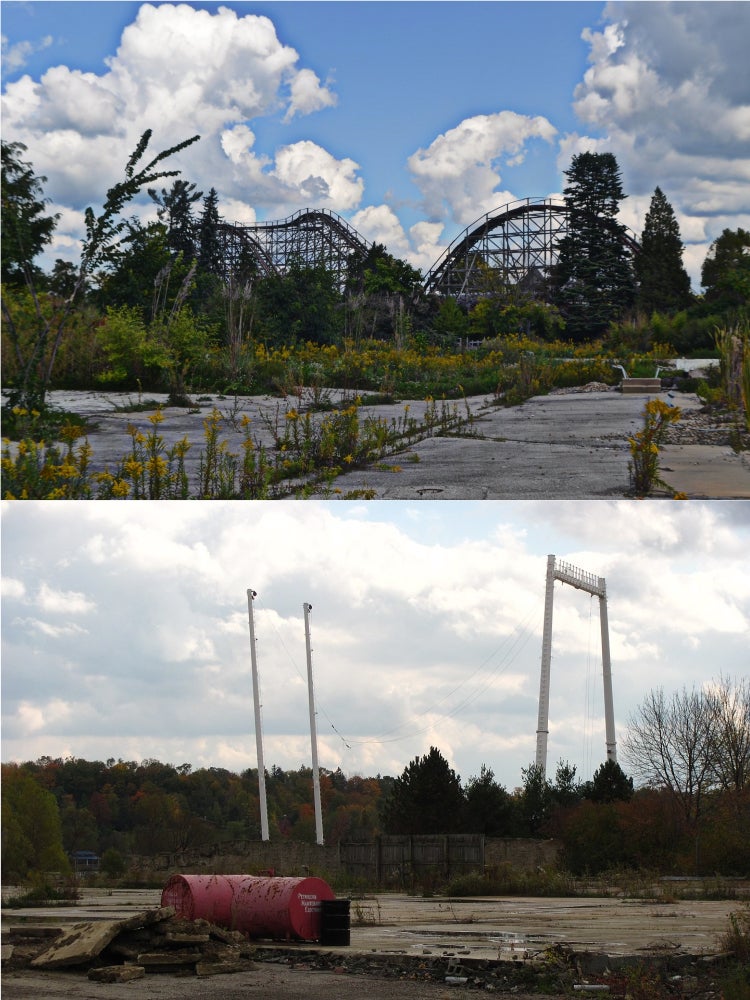
Wikimedia Commons via Astros4477 / flickr.com via Mike
Outdoor enthusiasts first flocked to Geauga Lake in 1887, when it opened as a waterfront recreational area known as the Geauga Lake Site near Bainbridge Township in Ohio. The site eventually added rides and transformed into an amusement park that would play a vital role in the regional economy until it began to shut down in 2007, with its last open area, Wildwater Kingdom, finally closing in 2016. With the amusement park now abandoned, still-standing rides, including the “Big Dipper,” a wooden roller coaster, and “Ripcord,” a skycoaster, loom over debris-strewn, weedy walkways. The city is considering proposals for a mixed-use development at the site of the much-missed park.
Joyland Amusement Park
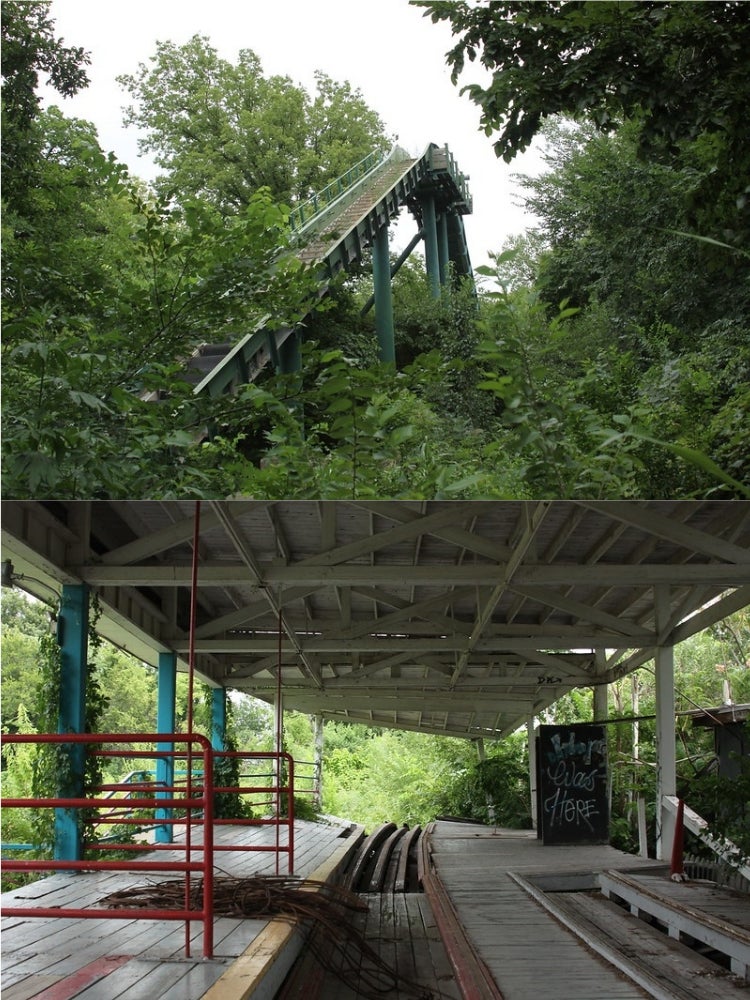
flickr.com via abandondedexplorers.com
This theme park with a once packed children’s train, ferris wheel, and wooden roller coaster, among other attractions, has had a bumpy ride from the time its opening in Wichita, Kansas in 1949 to its closure, first in 2004, and permanently in 2006. Ride sell-offs and vandalism in subsequent years, followed by a devastating fire in August 2018, have stolen the joy from “Joyland” once and for all, leaving behind rubble and overgrown trees. Talks are underway to revive the beleaguered park as an outdoor entertainment center.
Bedrock City
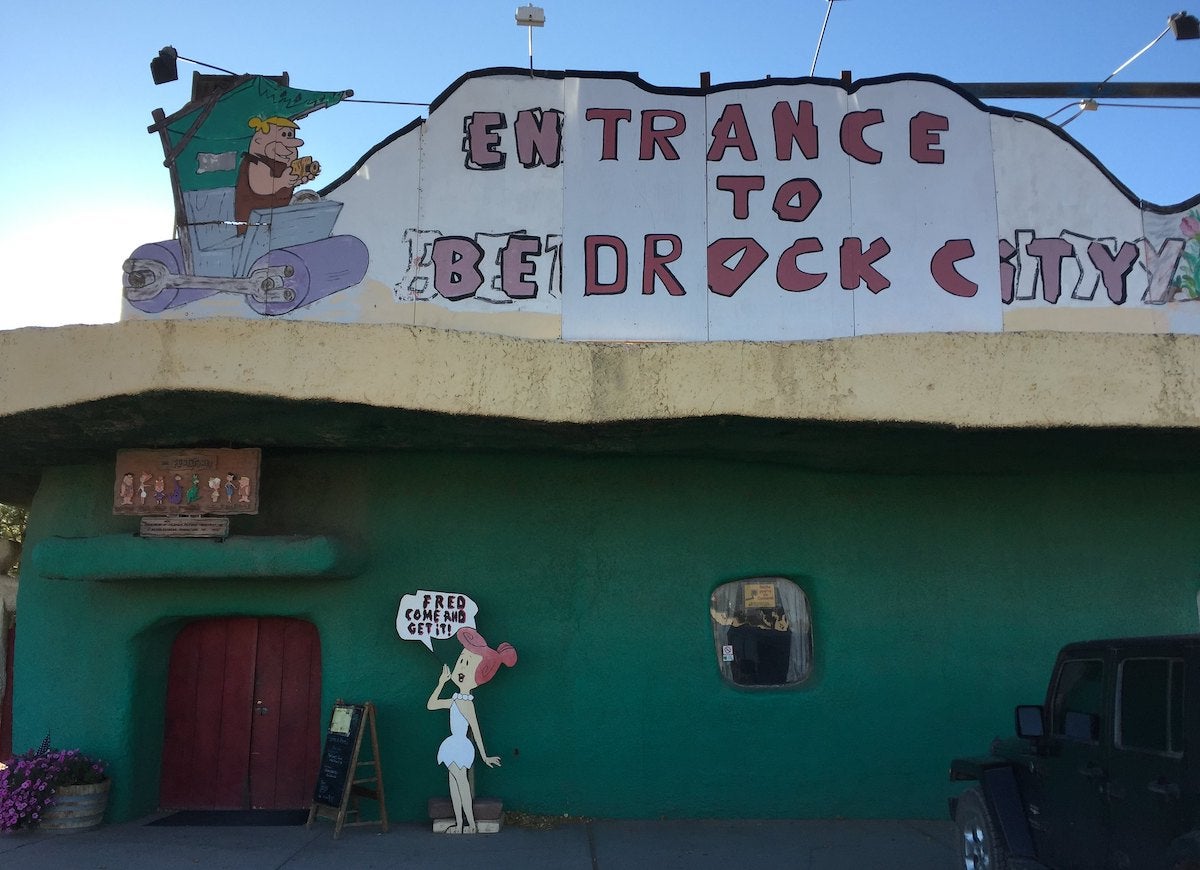
flickr.com via radiotrippictures
Though the Flintstone family got around on Fred’s two feet, the park built in honor of the modern stone age family in Williams, Arizona offered other rides, including a giant Brontosaurus-shaped slide, as well as a campground and gift shop. After over 40 years as a roadside attraction at the juncture of State Route 64 and Highway 180, the park that first opened in the ‘70s closed in 2019. A cutout of Wilma still stands before a concrete slab house near the entrance, though the park now serves as the site of Raptor Ranch, a bird park.
Trinity Loop
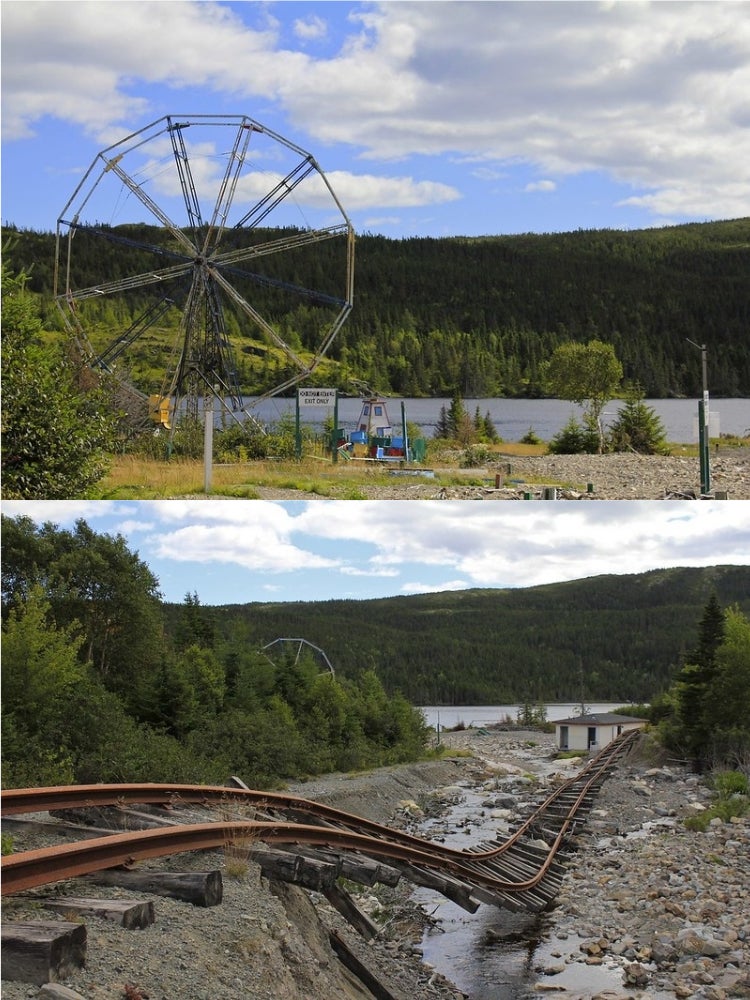
flickr.com via briansummers
In its heyday in the ‘80s and ‘90s, a seat atop the ferris wheel in this park in Trinity Loop in Canada’s Newfoundland and Labrador granted views of a pristine pond at the center of the Newfoundland Railway. Following its closure in 2004, Hurricane Igor sent railway tracks asunder in 2011, and the ferris wheel collapsed in 2018. But nature lovers still seek entry to the abandoned amusement park to snap pics of graffitied railway cars, swim in the lake, or go trout fishing. It has even served as a filming location for horror flicks.
Spreepark
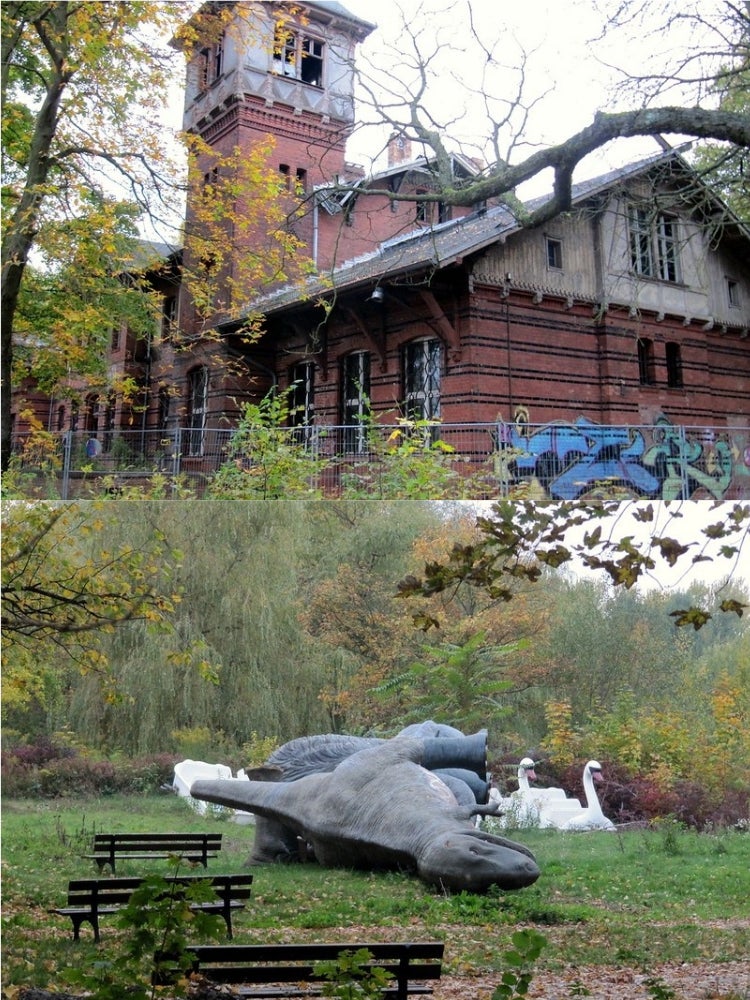
flickr.com via loozrboy
As the only permanent amusement park in East Germany, this park known as “Kulturpark Berlin” upon its opening in 1969 received as many as 1.7 million visitors a year in its prime. But when the Berlin Wall fell, so did park visitation, and despite efforts to westernize the park and even rename it “Spreepark” after the Spree River, park goers took their final joyride in 2001 when bankruptcy forced it to close. The park eventually succumbed to looting and the forces of nature, but it’s still open to guided tours, and a 45-meter ferris wheel still stands on the grounds as a testament to its former glory.
Glen Echo Amusement Park
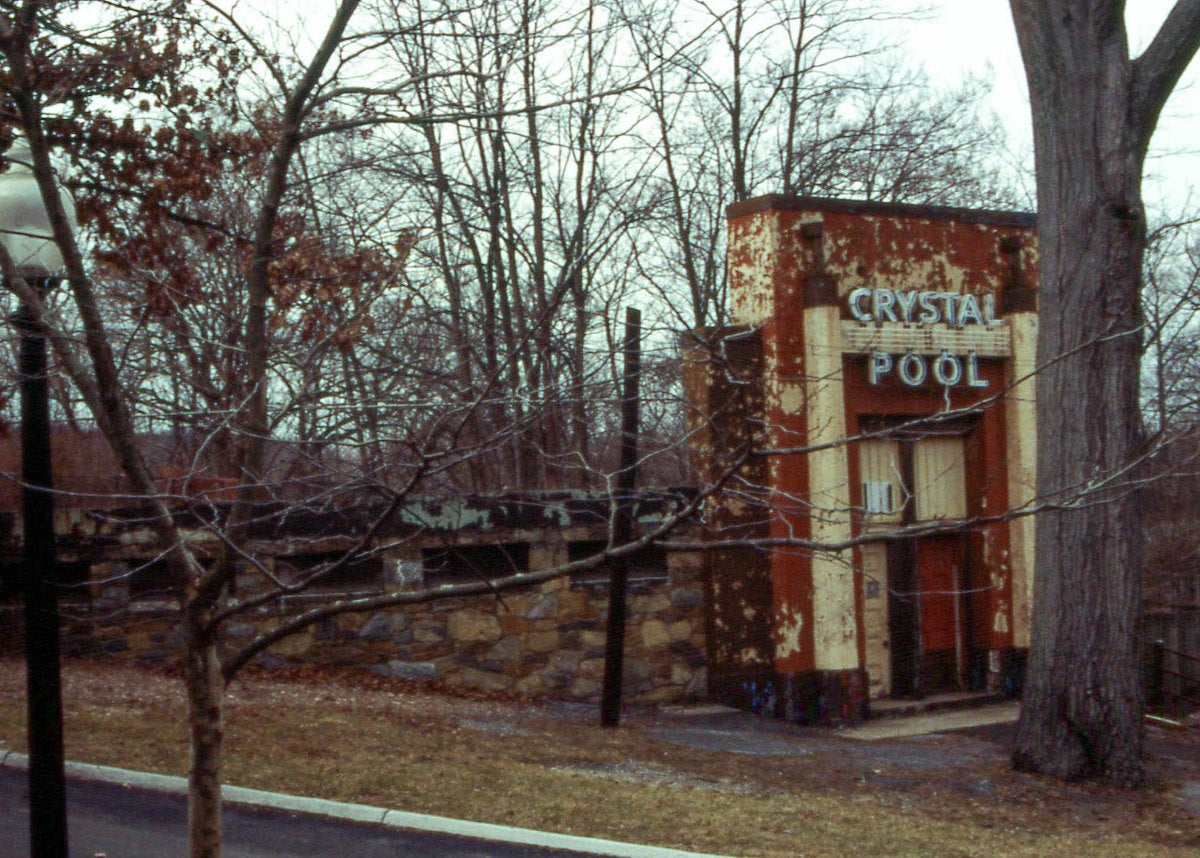
flickr.com via davidwilson1949
Based in Glen Echo, Maryland, this amusement park launched in 1891 as an arts and sciences collective known as The Chautauqua. Within a decade, it had transformed into a theme park complete with coasters and bumper cars, and remained popular until the mid-century. However, the rise of mega parks like Disneyland permanently put the brakes on them in 1968, leaving rides in ruin and a dilapidated facade of the “Crystal Pool” where swim fans once cooled off. The National Park Service started an arts program on site in 1971, and the park is now under the management of a local nonprofit that hosts various cultural events.
Cementland
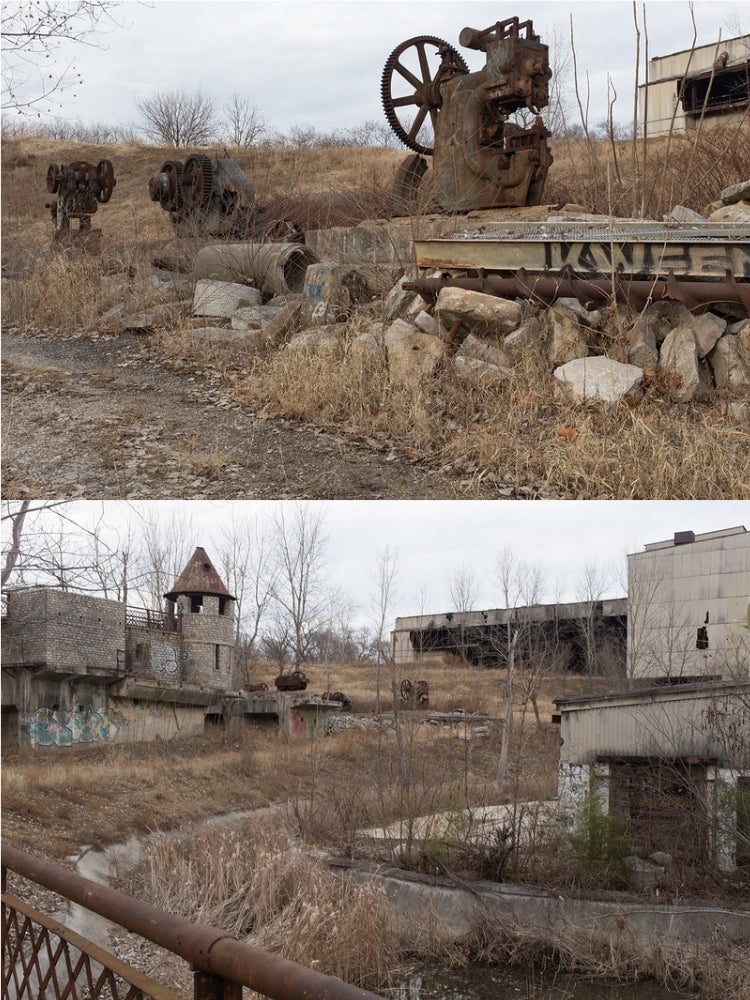
flickr.com via pasa
After purchasing this former cement site north of St. Louis, Missouri in 2000, sculptor Bob Cassily worked tirelessly to transform it into an urban playground with a castle, water chute, old machines, and even a spiral staircase that led to a 250-foot silo. His accidental death at the site in 2011 followed by a fire in 2016 meant that his bold blueprint never came to fruition. The fenced-off park now resembles an abandoned construction site, with rusted machines shrouded by weeds and occasional trespassers scavenging for scrap metal or rare photos of the offbeat adventureland that never was.
